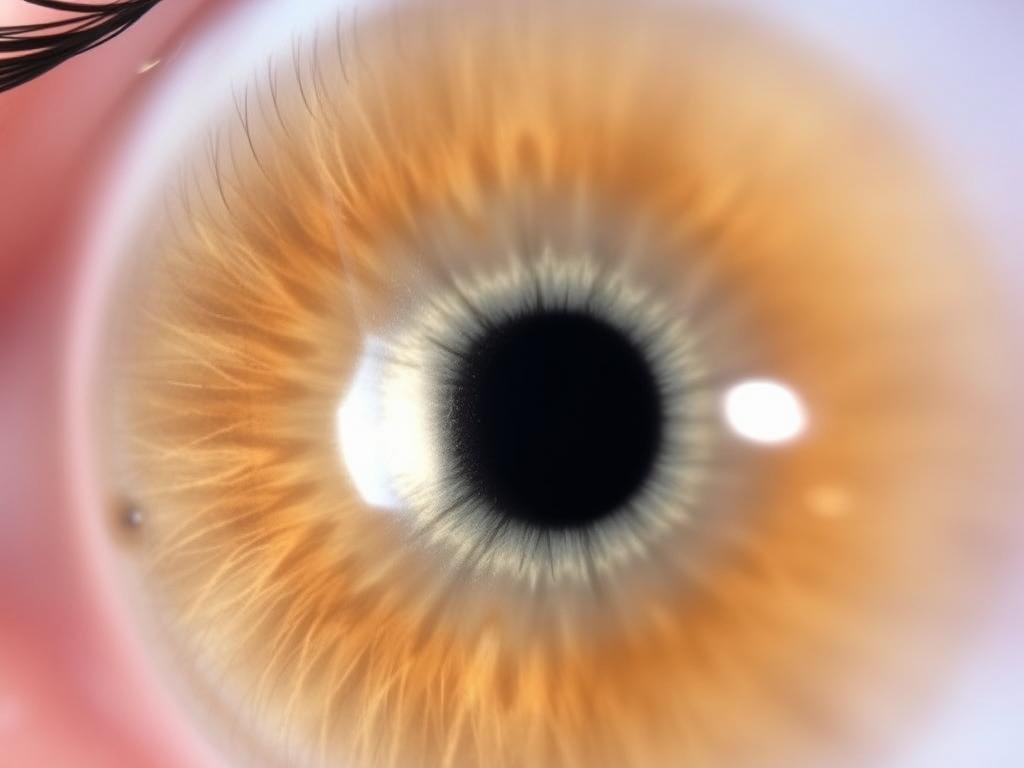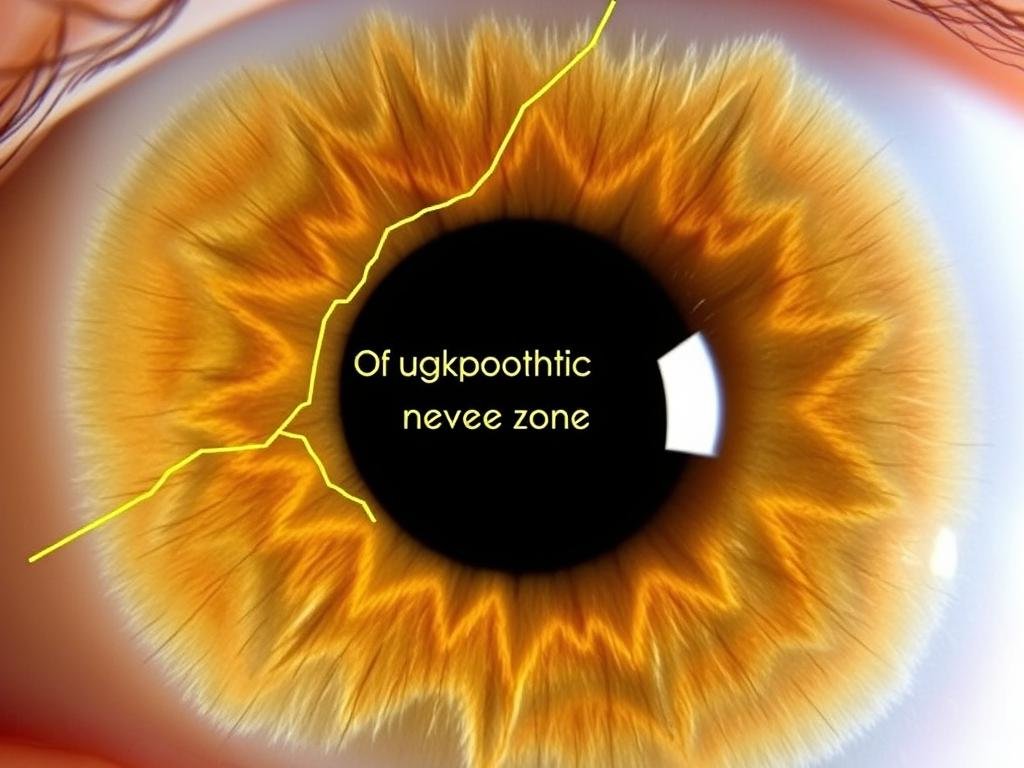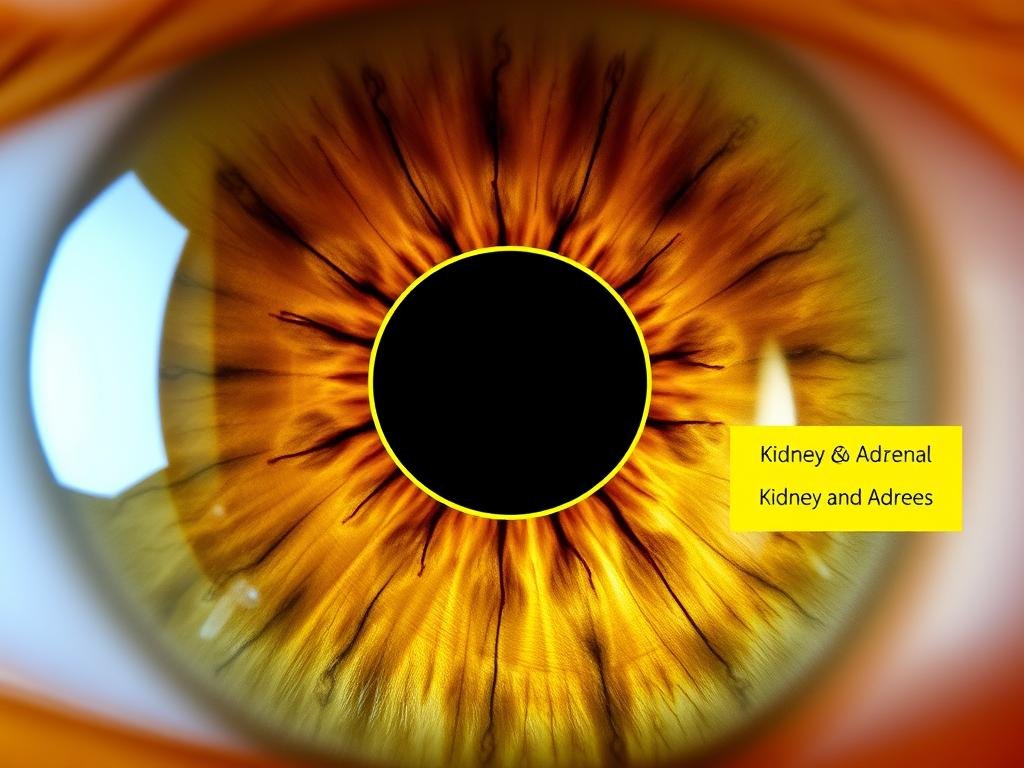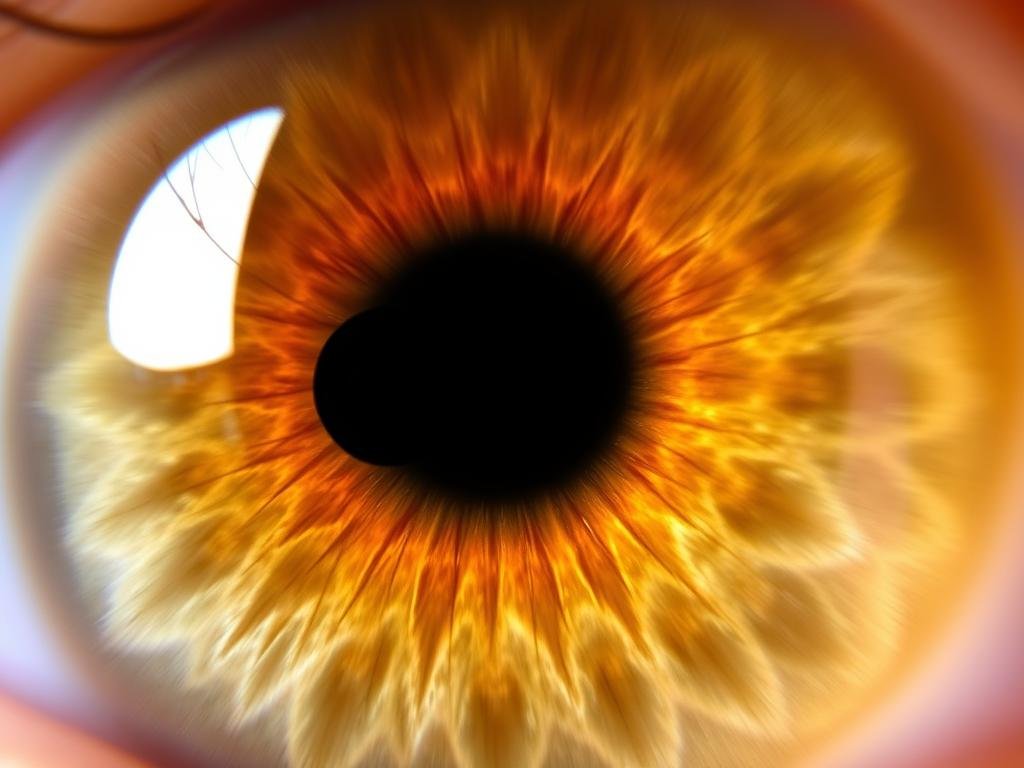Iridology is the fascinating study of the iris—the colored part of your eye—to assess potential health conditions and bodily functions. Practitioners believe that different zones of the iris correspond to various organs and systems in the body. The иридологическая карта правого глаза serves as a detailed map that helps interpret these connections, with each marking, color, and pattern potentially revealing valuable insights about your health.While the left iris is generally associated with the left side of the body, the right iris provides specific information about the right side. Understanding how to read these intricate patterns can open a window into your body’s internal functioning and potential areas that may need attention.

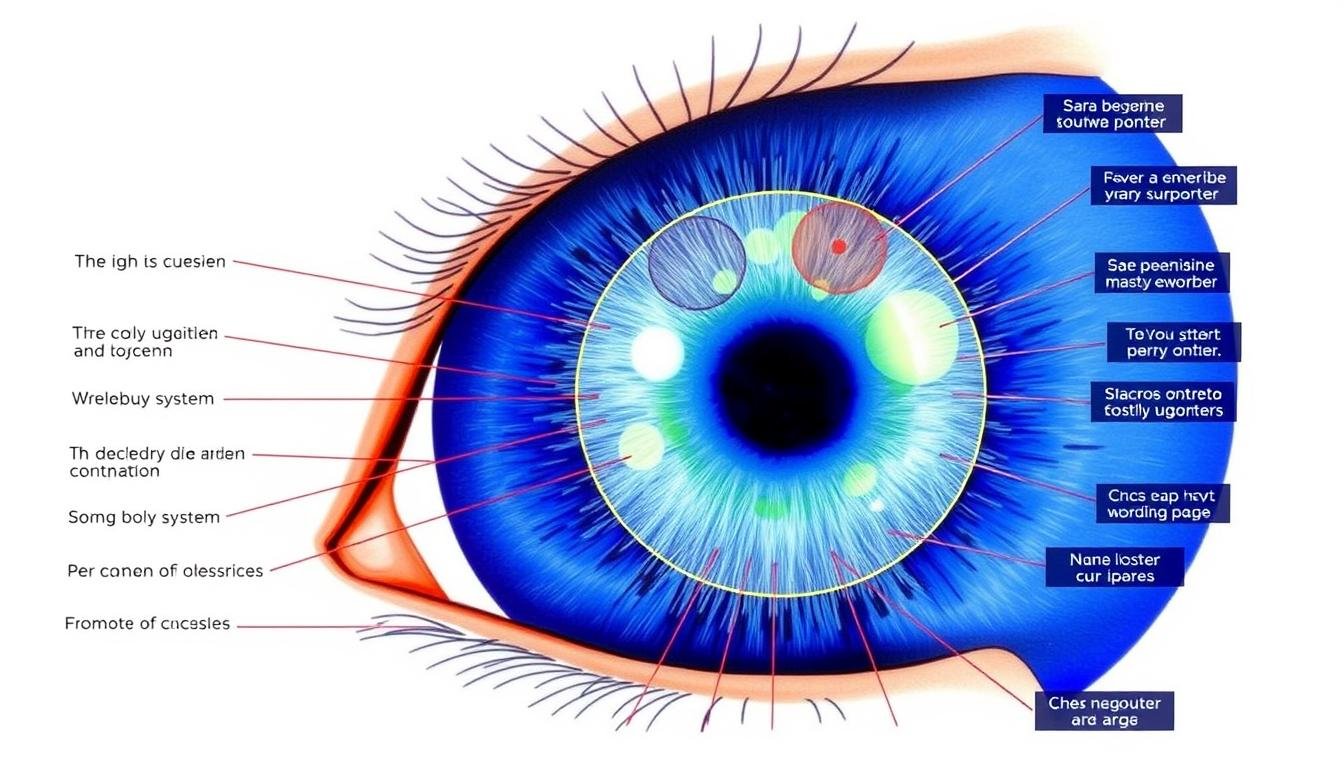
A comprehensive iridology chart showing the various zones of the right eye and their corresponding body systems
Understanding the Structure of the Диаграмма иридологии правый глаз
The иридологическая карта правого глаза is organized in a specific way to help practitioners analyze different aspects of health. Learning this structure is the first step to understanding what your iris might be revealing about your body.
Zones and Rings
The iris is divided into several concentric rings, each representing different body systems:
- Autonomic Nerve Wreath – The ring that separates the pupillary zone from the ciliary zone, representing the nervous system
- Pupillary Zone – The area closest to the pupil, associated with internal organs
- Ciliary Zone – The outer area of the iris, linked to external parts of the body and muscular systems
- Lymphatic System Ring – Appears as a white cloudy ring, indicating lymphatic system function
- Кишечная зона – Located in the pupillary area, reflecting digestive health

Close-up view of the right eye iris showing the distinct zones used in iridology analysis
Sectors and Their Corresponding Organs
The иридологическая карта правого глаза is further divided into sectors, like slices of a pie, with each sector corresponding to specific organs and body parts:
- 1 o’clock position – Brain and right side of head
- 2 o’clock position – Throat, thyroid, and neck
- 3 o’clock position – Right lung and bronchi
- 4-5 o’clock position – Liver and gallbladder
- 6 o’clock position – Ascending colon
- 7 o’clock position – Appendix and right reproductive organs
- 8 o’clock position – Right kidney and adrenal gland
- 9 o’clock position – Right leg and hip
- 10-11 o’clock position – Lymphatic system and circulation
- 12 o’clock position – Pituitary gland and pineal gland
Comparison with Left Eye Chart
While both eyes provide valuable information, there are key differences between the right and left iridology charts:
| Особенность |
График правой глаз |
Левый Eye Chart |
| Primary Body Side |
Right side of the body |
Left side of the body |
| Key Organs |
Liver, gallbladder, ascending colon |
Heart, spleen, descending colon |
| Brain Representation |
Right hemisphere (logic, analysis) |
Left hemisphere (creativity, emotion) |
| Dominant Energy |
Yang (masculine energy) |
Yin (feminine energy) |
Key Symbols on the Диаграмма иридологии правый глаз
The right iris contains numerous symbols and markings that iridologists interpret to assess health conditions. Understanding these common symbols is essential for anyone interested in iridology.
Диаграмма иридологии правый глаз Zones and Their Meanings
Пищеварительная зона
Located in the inner ring surrounding the pupil, this zone reflects the condition of your digestive system. Dark spots or discolorations in this area of the иридологическая карта правого глаза may indicate digestive issues, such as poor nutrient absorption or intestinal inflammation.
Liver and Gallbladder Zone
Found at the 4-5 o’clock position in the right iris, this area is particularly important as it represents the liver and gallbladder. Yellowish discolorations or lesions here may suggest liver stress or gallbladder issues.
Lymphatic System Ring
Appearing as a white, cloudy ring in the iris, the lymphatic ring indicates the state of your immune system. A pronounced or very white ring may suggest lymphatic congestion or immune system challenges.
Зона нервной системы
The autonomic nerve wreath appears as a jagged or wavy ring separating the pupillary and ciliary zones. Breaks or distortions in this ring on the иридологическая карта правого глаза may indicate nervous system stress or neurological issues.
Kidney and Adrenal Zone
Located at the 8 o’clock position, this area reflects kidney and adrenal gland health. Dark spots or lesions here may suggest kidney stress, while white marks might indicate adrenal fatigue.
Дыхательная зона
Found at the 3 o’clock position, this zone represents the right lung and bronchial tubes. Darkened areas or lesions here may indicate respiratory issues or susceptibility to respiratory conditions.
Common Markings and Their Interpretations
Beyond the zones, specific markings in the iris provide additional health insights:

Common iris markings used in iridology interpretation
- Lacunae (Closed Lesions) – Enclosed dark areas that may indicate chronic issues in the corresponding organ
- Crypts (Open Lesions) – Open-ended dark areas suggesting acute conditions or active healing processes
- Радиальные борозды – Lines radiating from the pupil that may indicate stress or tension in specific organs
- Пигментные пятна – Dark spots that might represent toxin accumulation or organ damage
- Нервные кольца – Circular lines that may indicate nervous tension or stress responses
- Transversal Lesions – Horizontal lines crossing the normal radial pattern, potentially indicating trauma or injury
Color Variations in the Диаграмма иридологии правый глаз
The base color and color variations in your iris also provide valuable health information:
| Радужная оболочка |
General Health Indication |
Особые соображения |
| Blue |
More transparent, shows changes easily; may indicate lymphatic constitution |
More susceptible to respiratory and digestive issues |
| Коричневый |
Less transparent; may indicate hematogenic constitution |
More resilient but may mask some conditions; pay attention to texture changes |
| Mixed/Hazel |
Combination of constitutions; may indicate biliary issues |
Check for color transitions and borders between colors |
| Yellow Tint |
May indicate liver stress or gallbladder issues |
Particularly significant in the 4-5 o’clock position of right eye |
| White Clouds |
May indicate inflammation or mucus accumulation |
Location determines affected system |

Different iris colors and their associated constitutional types in iridology
Discover Your Personal Iris Pattern
Want to learn more about what your right eye iris reveals about your health? Download our free basic иридологическая карта правого глаза guide to start your journey into iris analysis.
Download Free Iridology Chart
How to Interpret the Диаграмма иридологии правый глаз
Interpreting an iridology chart requires practice and attention to detail. Here’s a step-by-step guide to help you understand what your right iris might be revealing about your health.
- Examine the Overall Iris Structure
Begin by observing the overall structure, color, and density of the iris. Note the clarity of fiber patterns and the presence of any rings.
- Identify the Constitution Type
Determine the base iris color to understand your constitutional type, which indicates your genetic predispositions.
- Locate the Autonomic Nerve Wreath
Find the jagged ring that separates the pupillary and ciliary zones, checking for breaks or distortions.
- Examine Each Zone Systematically
Work your way around the iris clock-wise, examining each zone for markings or discolorations.
- Note Any Unusual Markings
Identify lacunae, crypts, pigment spots, or other markings, and correlate them with their positions on the chart.
- Compare with Previous Observations
If possible, compare current observations with previous ones to track changes over time.
- Consult with a Professional
For accurate interpretation, consider consulting with a trained iridologist who can provide expert analysis.
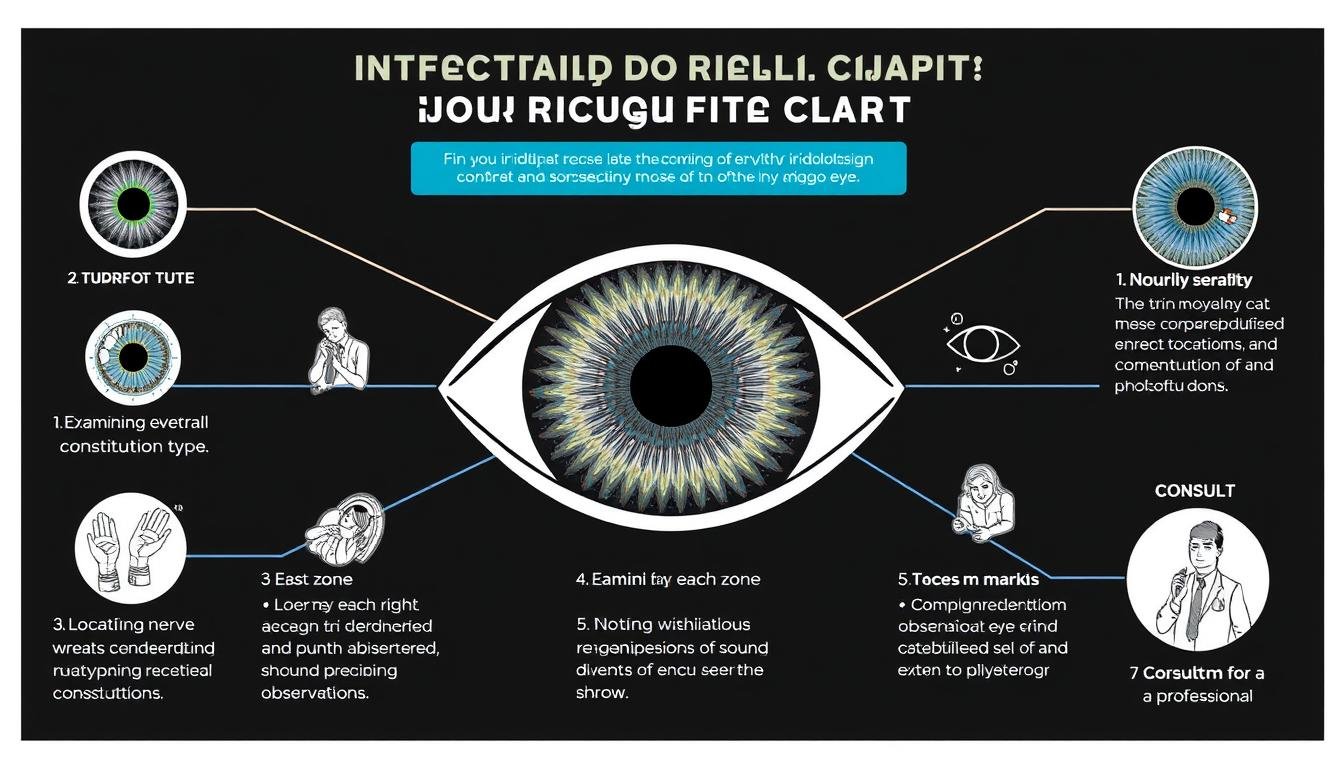
The 7-step process for interpreting an iridology chart
Case Study Example
Right Eye Iris Analysis: 45-year-old Male
Observations:
- Blue iris with a pronounced lymphatic ring
- Dark spot at 4 o’clock position in the иридологическая карта правого глаза (liver area)
- Several radial furrows extending from the pupil to the outer iris
- Slight yellowish discoloration in the gallbladder zone
Interpretation:
The blue iris indicates a lymphatic constitution, suggesting potential sensitivity to respiratory and digestive issues. The dark spot in the liver zone suggests possible liver stress, while the yellowish tint in the gallbladder area may indicate gallbladder congestion. The pronounced lymphatic ring points to potential immune system challenges, and the radial furrows suggest nervous tension affecting multiple systems.
Recommendations:
Based on this analysis, a focus on liver support through diet and herbs might be beneficial. Stress reduction techniques could help address the nervous tension indicated by the radial furrows. Immune system support would also be recommended.
Important Note on Iridology Limitations
While iridology can provide valuable insights into potential health tendencies and constitutional strengths and weaknesses, it should not be used to diagnose specific diseases. Always consult with qualified healthcare professionals for diagnosis and treatment of medical conditions.
FAQs About the Диаграмма иридологии правый глаз
What does the иридологическая карта правого глаза reveal about liver health?
The liver is represented in the right iris at approximately the 4-5 o’clock position. Dark spots, lesions, or yellowish discolorations in this area may indicate liver stress, congestion, or potential issues with detoxification. The right eye is particularly important for liver assessment since the liver is located on the right side of the body.
How accurate is iridology for diagnosing health conditions?
Iridology is not considered a diagnostic tool in conventional medicine and should not be used to diagnose specific diseases. Rather, it provides insights into constitutional strengths and weaknesses, potential areas of stress, and overall health tendencies. It’s best used as a complementary approach alongside conventional medical assessment.
Может ли иридологическая карта правого глаза show different information than the left eye?
Yes, the right and left eyes typically show different information. The right eye generally corresponds to the right side of the body and organs like the liver, gallbladder, and ascending colon. It also tends to reflect more of the “yang” or masculine energy aspects according to traditional iridology. The left eye corresponds to the left side of the body and organs like the heart, spleen, and descending colon.
How often do iris patterns change?
While the basic constitutional pattern of the iris remains relatively stable throughout life, certain markings can change over time. Acute conditions may show up as temporary changes, while chronic conditions may create more permanent markings. Some iridologists suggest that positive health changes can be reflected in the iris within a few weeks to months of consistent health improvement.
Can I perform iridology analysis on myself?
While you can observe basic patterns in your own iris using a magnifying mirror and good lighting, professional iridology analysis typically requires specialized equipment and training. Self-analysis can be a starting point, but consulting with a trained iridologist will provide more accurate and comprehensive insights.
What equipment is needed to properly view the iris for iridology?
Professional iridologists typically use specialized equipment such as an iriscope or a high-resolution digital camera with macro lens capabilities. For basic personal observation, a 10x magnifying mirror with good lighting can be sufficient to observe major iris features.
How does iridology relate to other alternative health practices?
Iridology is often used alongside other holistic health approaches such as naturopathy, herbalism, and nutritional therapy. The insights gained from iris analysis can help guide these other modalities by identifying potential areas of focus for treatment or support.
What do white spots on the иридологическая карта правого глаза indicate?
White spots or marks in the iris typically indicate inflammation or acute activity in the corresponding body area. The specific meaning depends on the location of the spot within the iris. For example, a white spot in the digestive zone might suggest acute inflammation in the digestive tract.
Take Your Iridology Knowledge Further
Ready to deepen your understanding of iridology and learn how to apply it to your health journey? Our premium иридологическая карта правого глаза includes detailed analysis guides, video tutorials, and personalized support.
Get Premium Iridology Chart
Заключение
The иридологическая карта правого глаза offers a fascinating window into your body’s health patterns and tendencies. By understanding the various zones, markings, and colors in your right iris, you can gain valuable insights into potential areas that may need support or attention.
While iridology should not replace conventional medical diagnosis, it can serve as a complementary tool that encourages a holistic approach to health. The patterns in your iris tell a unique story about your constitutional strengths and weaknesses, helping you make more informed decisions about your wellness journey.
Whether you’re new to iridology or looking to deepen your understanding, the right eye iris chart provides a rich source of information that connects the visible patterns of your eye to the invisible workings of your body. By learning to read these patterns, you take an active role in understanding your health from a holistic perspective.
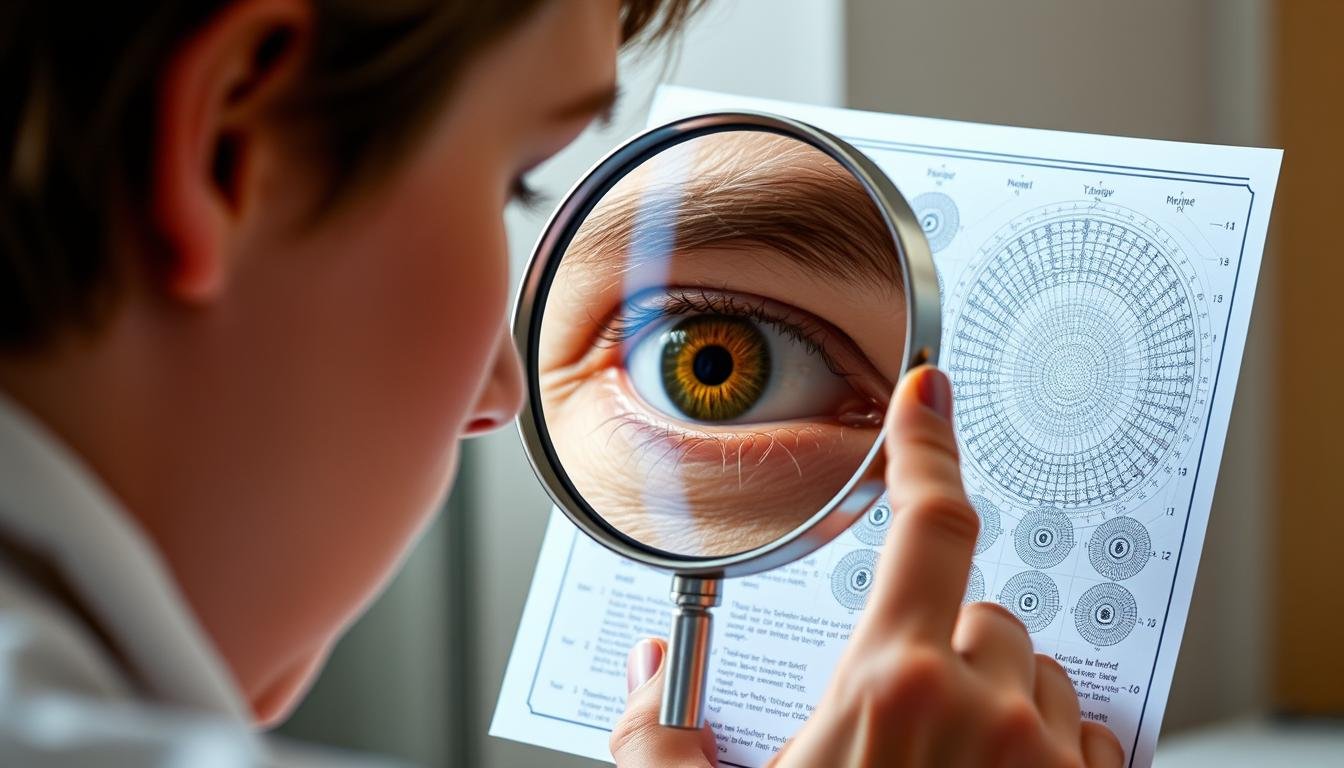
Self-examination using an iridology chart can be a valuable part of your holistic health practice
Начните свое путешествие в иридологию сегодня
Start exploring what your eyes reveal about your health with our comprehensive iridology resources. Whether you’re interested in self-study or seeking professional guidance, we have the tools to support your journey.


















